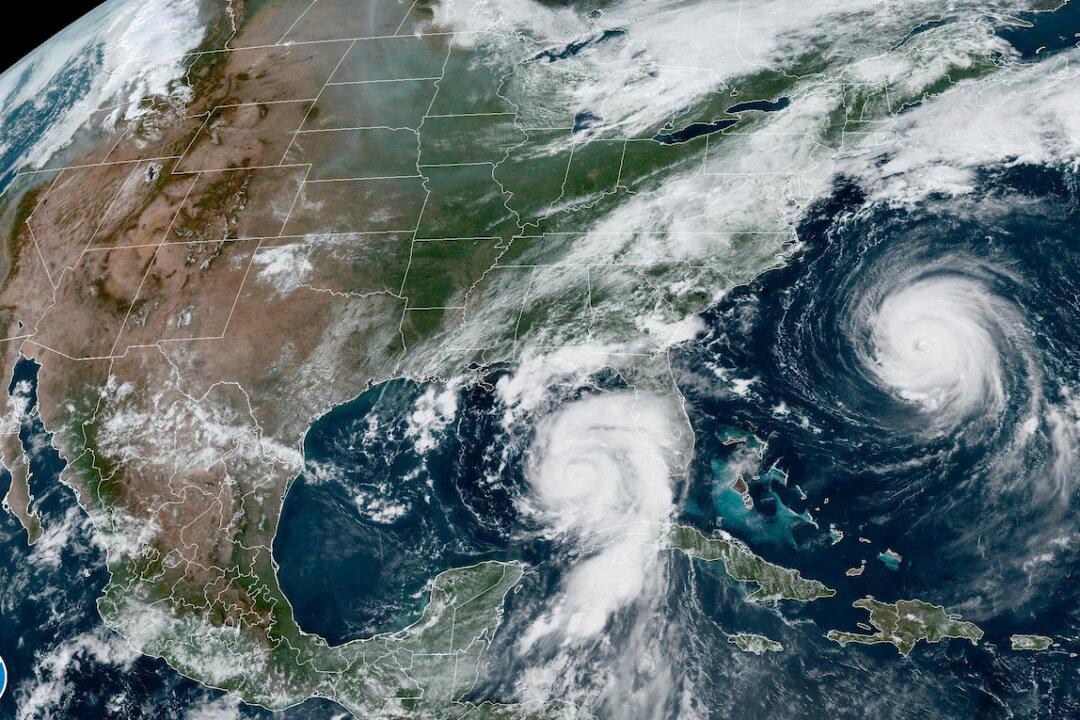As the sun rose on Aug. 30, Gov. Ron DeSantis warned Floridians in the Big Bend Region of the state’s Gulf Coast to expect a 16-foot storm surge as Hurricane Idalia appeared it would charge onto land within the hour.
He lamented that about 100 had ignored evacuation orders to leave Cedar Key, saying those people likely would need to be on the third floor of a building to survive the rising waters. Rescue efforts would begin as soon as the storm had passed, he said.






